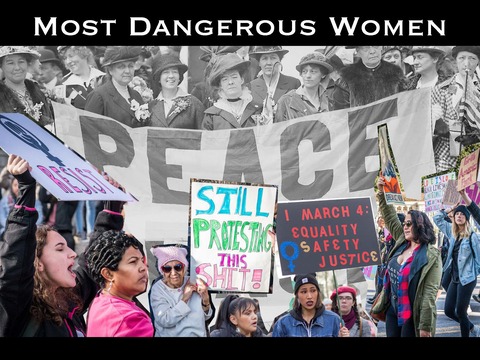
Something truly extraordinary used to happen in our house on Christmas Day. After an exhausting trip around the world, piloting a sleigh filled with an unimaginable wealth and weight of presents and toys, going down and up countless chimneys, Santa Claus made one last stop before heading back to the North Pole to put his feet up and claim a well-deserved staycation.
He stopped at 652 E. Market Street to personally hand out the gifts he'd brought us.
Someone would fetch a sturdy chair, and Santa would sit by the huge tree next to the display of small wax ice-skaters on aluminum-foil ponds surrounded by cotton snow that Grandma assembled every year. One by one, he'd pick up the packages, read out the names of gifted and giver and hand out the presents. Of course, in addition to treasures from parents, siblings, cousins, aunts and uncles, we'd each get something from Santa himself. Then he'd favor us with a "Ho, ho, ho," and wave good-bye, leaving by the front door, as there was no chimney in our house.
Grandpa would call us around for one last gift as Santa made his exit. A crisp new $10 bill for every grandchild in the family. We'd be too distracted by our riches to watch Santa's exit route. Was the sleigh on the front porch? In the yard? On the roof? I don't remember ever wondering or looking.
There was, however, one consistent frustration. Year after year, my dad would miss the visit from Santa. It seems he always went out to pick up a six-pack just before Santa stopped by. He'd return, Millers in hand, and I'd tell him what he missed.
One year, as it was bound to happen, my belief was shattered. I was six, pushing seven. Santa Claus would be coming to our church's Sunday School celebration the week before Christmas to hear what the children hoped to find under their trees. My parents prepared me for the fact that Daddy was going to be Santa, just as he was for our family gatherings, and cautioned me not to ruin it for others by blowing his cover. I was stunned. I remember my older sister asking, incredulous, "You mean you didn't even recognize your own father?"
In another few years, I would come to a very broken place in my relationship with my father. A #MeToo moment: under the influence of another of those six packs, he attempted an inappropriate touch. I fought back, ran from the room. He attempted apology. I spurned it, my trust in him shattered, and avoided him for most of the rest of his life.
I can't remember when I began to forgive. It helped to have a BFF in 8th grade who'd had similar experiences.
It helped to process with a brilliant counselor many years later the question of why I had ended up in a battered women's shelter.
It helped decades after that to do neurofeedback. To get my brain to agree with the neuro-therapist that we can't change what has happened to us, but we can change our relationship to it.
It helped to write. To create a character who serves in World War II and is traumatized by war as my father was.
It helped to write, finally, a poem of appreciation to him and to the Polish family that hid him when he escaped from a forced march to a POW camp. By my calculations, you see, I was conceived shortly after VE Day.
It helped to participate in a Facebook thread where a friend, a son-figure, articulated his consternation about the ways the "me too" conversation can often turn to exclusion, to assumptions that only one group or one gender can know a certain kind of pain.
At church one Sunday, the same denomination (Unitarian-Universalist) in which my father once was Santa, the minister spoke of the quilts of Gee's Bend as a metaphor for how we salvage scraps of our tattered selves, stich them together and give them a border to make them whole, useful, and beautiful again.
She also told a story from the Kabbalah of how a spark of the divine came to reside in each of us, and quoted the Talmud, reminding us that we are not obligated to complete the task of fixing the world's ills, but neither are we absolved from abandoning the effort.
I am facing the Santa I cannot fix, working one tattered scrap of my life fully into the me-quilt. Honoring the Santa who was my father. War-wounded, alcohol-imprisoned, but jovial and generous. Overwhelmed by depression so much of the time yet characterized by a cousin as "a million laughs." Lost in his own pain, but the first adult a child with a scraped knee or elbow would run to for comfort. A guy who missed out on the wonder of Santa paying a personal visit to our house, because he had himself traveled around the world to be there on Christmas Day and help us celebrate the joy of giving. Today I'm 71, pushing 72 and I believe in Santa Claus. He's complicated, but he's real.
-December, 2017
Post Script: Today I'm 73, pushing 74 and finally ready to let this into the world. May today and all days be ones of healing and belief in our best nature.



